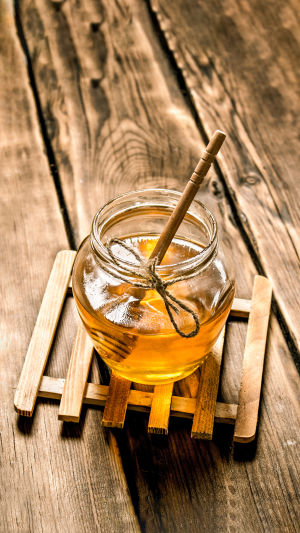Honey, a gift from nature, possesses rich nutritional and medicinal value.
However, discerning between genuine and counterfeit honey has become increasingly challenging as the market expands and commercial interests intensify.
With numerous brands and sources flooding the market, distinguishing between authentic and fake honey poses a dilemma for consumers. This article aims to shed light on the authenticity of honey, beginning with ingredient analysis and exploring other verification methods.
<h3>Composition Analysis of Honey</h3>
Honey comprises various components: glucose, fructose, moisture, acidity, amino acids, enzymes, vitamins, minerals, and more. Analyzing these constituents enables us to determine the authenticity of honey preliminarily.
<b>1. Sugar Ratio:</b> Genuine honey typically contains substantial amounts of glucose and fructose, with these sugars varying depending on the nectar source. Counterfeit honey often contains higher proportions of sucrose or other inexpensive sugars artificially added.
<b>2. Moisture Content:</b> Authentic honey exhibits relatively low moisture levels, usually ranging between 17-20%. Counterfeit honey, due to excessive water addition, may surpass the 20% moisture threshold.
<b>3. Acidity and pH Value:</b> Authentic honey demonstrates a certain level of acidity, with a pH value typically falling between 3.4 and 6.1. Fake honey may incorporate alkaline substances to manipulate pH levels, making acidity and pH measurements useful in identifying authenticity.
<h3>Other Identification Methods</h3>
Apart from ingredient analysis, several additional methods aid in distinguishing between real and fake honey:
<b>Visual Inspection:</b> Genuine honey typically boasts a dark yellow or amber hue, whereas counterfeit honey may feature added pigments, resulting in a brighter coloration.
<b>Odor Assessment:</b> Authentic honey emits a robust floral aroma, whereas fake honey may carry added flavors or other impurities, resulting in an altered scent.
<b>Drop Test:</b> Applying a drop of honey onto a paper towel, authentic honey exhibits slow absorption or non-absorption, whereas counterfeit honey quickly permeates the paper.
<b>Dissolution Test:</b> Adding a spoonful of honey to a cup of water, genuine honey settles gradually at the cup's bottom. In contrast, counterfeit honey dissolves or forms white sediment in the water.
<b>Flame Test:</b> Subjecting honey to flame, genuine honey crackles and combusts rapidly, whereas counterfeit honey may emit smoke or burn slowly.
<h3>The Value and Significance of Honey</h3>
Beyond its culinary utility, honey is a medicinal and health-promoting product, embodying nature's bounty. Rich in nutrients and antioxidants, genuine honey confers numerous health benefits.
Moreover, as a natural sweetener, honey offers lower calorie content than sugar, rendering it more conducive to a healthy diet.
Discerning between authentic and counterfeit honey demands specific skills and methodologies. However, through component analysis and other verification techniques, consumers can safeguard themselves against deception by counterfeit products.
Concurrently, it behooves us to cherish genuine honey, honor nature's gifts, and savor the sweetness and wellness it bestows.





